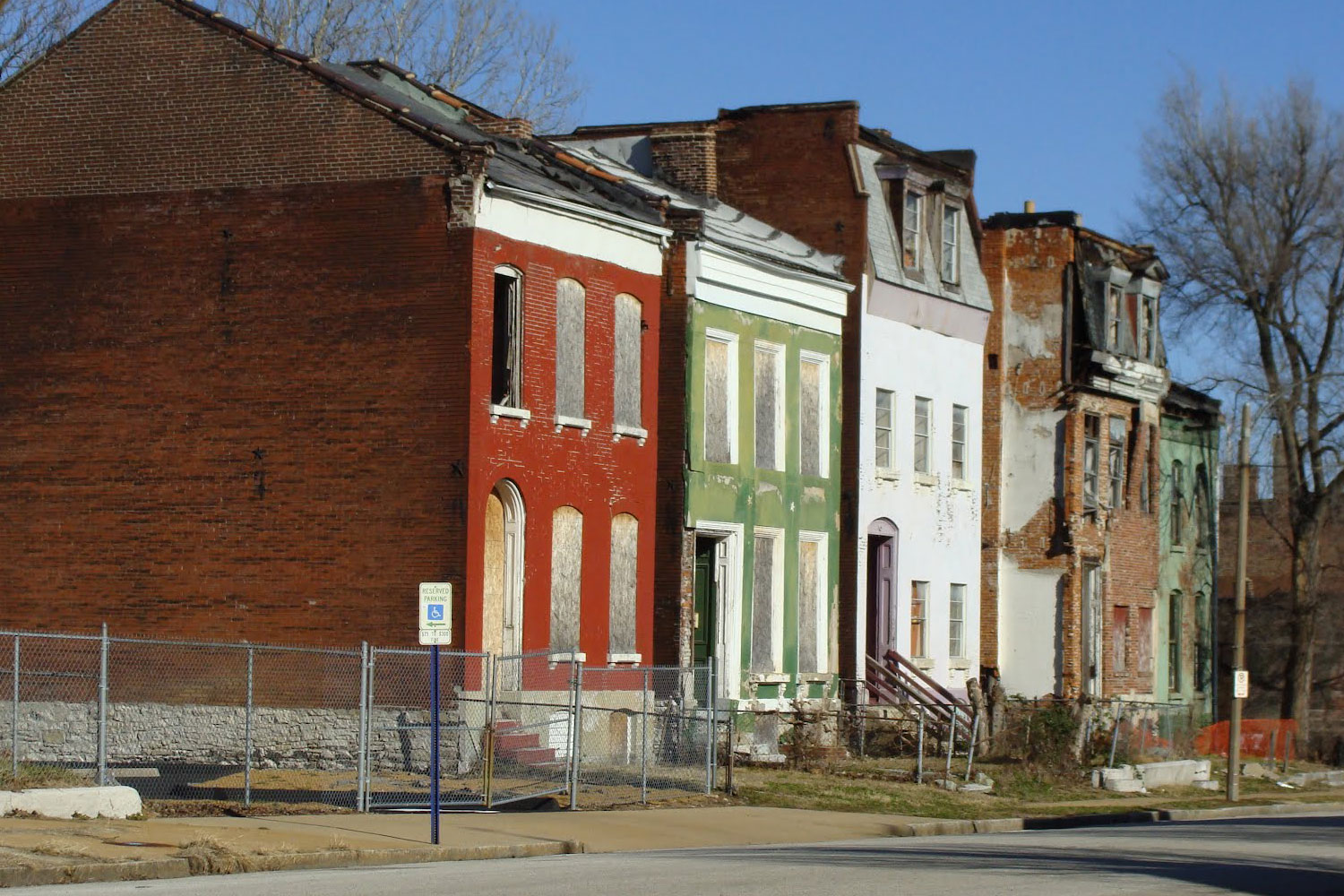In May 2015, a team of leaders from the Near North Side (NNS), St. Louis attended the EcoDistricts Incubator to jumpstart the neighborhood’s community-based regeneration process. We recently checked in on their progress post-event.
The regeneration of NNS started back in 2014. A low income, high unemployment area located just north of downtown, the NNS community itself was a paradox. On one hand it was a marginalized and distressed area of the city, yet its location presented a unique opportunity. Located just off of a major highway exit, NNS had the potential to become the main transit gateway into St. Louis.
In 2014, Urban Strategies (in partnership with multiple City agencies and McCormack Baron Salazar) began developing a Transformation Plan for the NNS, funded by a $500,000 Choice Neighborhoods Initiative Planning Grant from HUD.
In spring 2015, the NNS project team attended the Incubator to deepen their knowledge of the Protocol’s focus on collaborative governance and stakeholder engagement. After three days of intensive learning and planning, City representatives had built a solid Roadmap to improve stakeholder engagement and sustainable development outcomes across the neighborhood’s transformation plan.
Since the Incubator, community engagement has thrived. The team has engaged more than 600 residents and stakeholders across multiple institutions, achieving fruitful partnerships. For instance, area banks are now interested in providing low interest loans to businesses and universities that want to improve community education. The NNS has also formed an active youth council, a mens’ and women’s group, and a public safety committee.
The NNS has taken significant strides to embrace sustainability — in every sense of the word — across their project design.
On the environmental front, installing stormwater infrastructure is a key goal for the neighborhood, which currently lacks sustainable infrastructure. The neighborhood recently finished an environmental assessment with Global Green USA, which will guide their implementation strategies and metrics around sustainable development.
Equally important is the community’s desire to create a neighborhood where citizens can live, work and play. For example, improving public health is a significant neighborhood priority. NNS team leaders are advocating for a full public health assessment. They also hope to bring a grocery store to the neighborhood, which is considered a food desert. Finally, the mayor of St. Louis recently engaged a number of anchor health institutions to collaborate across several community development initiatives, such as a partnership with the YMCA to revitalize a community center.
The NNS team also is investing in sustainable economic development initiatives. For instance, project leaders are exploring options to regenerate a large track of vacant land along 14th Street. The reuse of this land will provide more built space for local entrepreneurs, create a commercial corridor, boost housing development and link the corridor to public transit, such a proposed riverfront bike path, a metrolink line and a trolley car.
With so much momentum on the engagement and collaboration front, Near North Side project leaders are making significant progress toward sustainable, equitable regeneration. We’re confident that their work will serve as a model for revitalization for the entire City of St. Louis.

